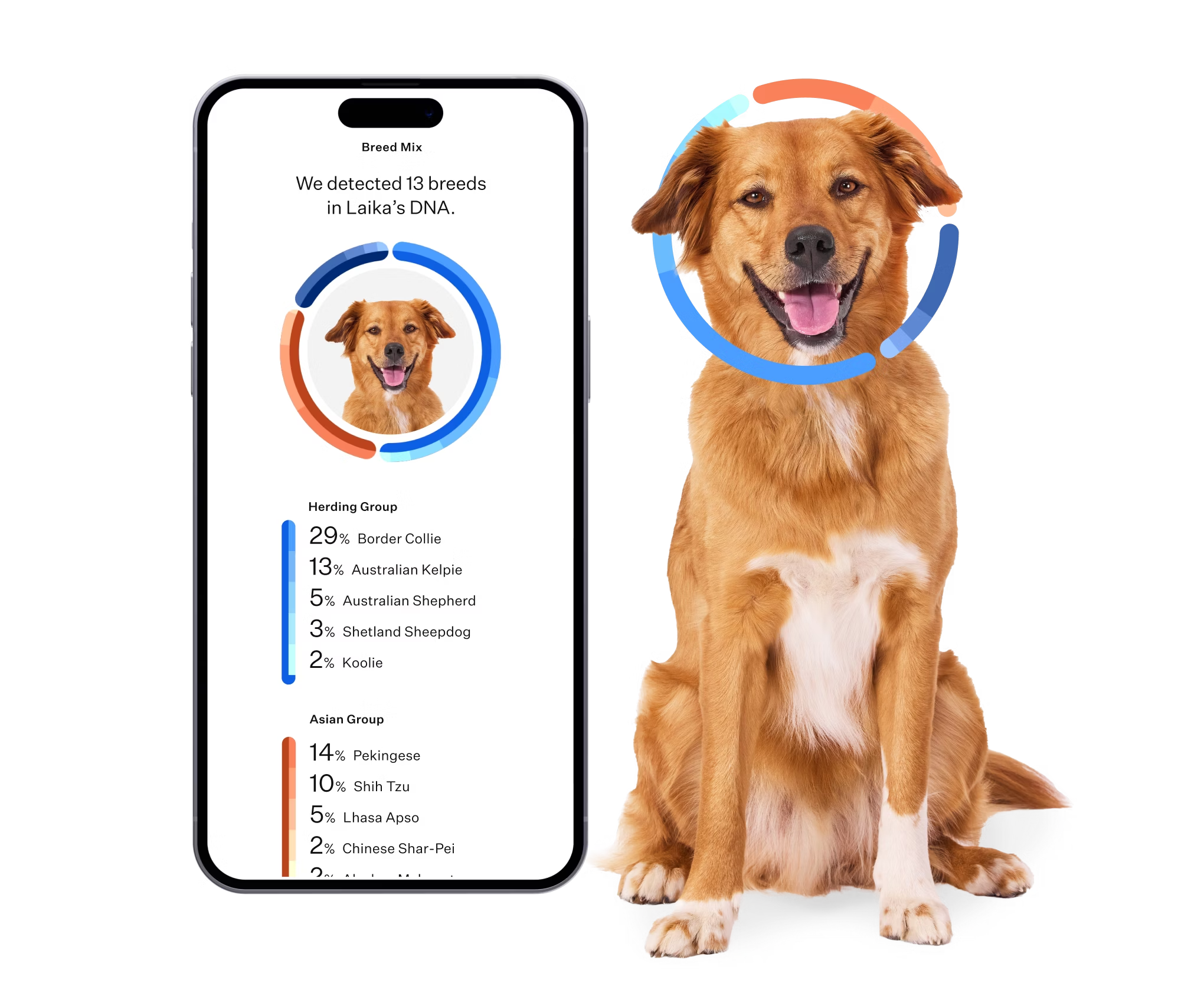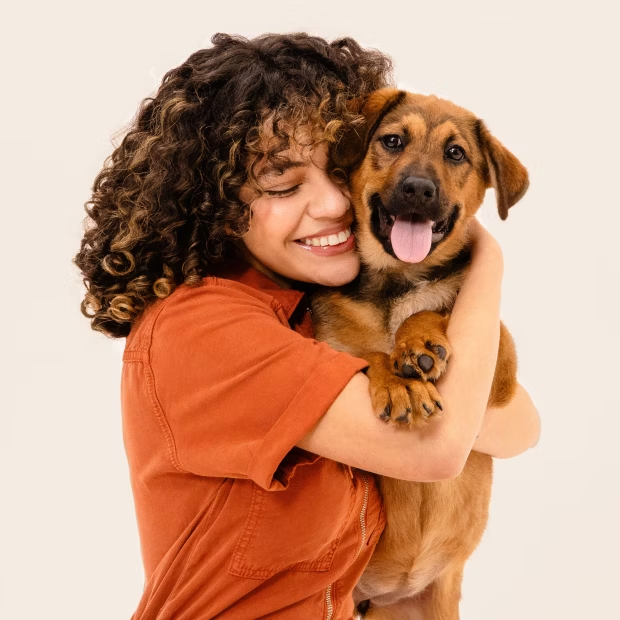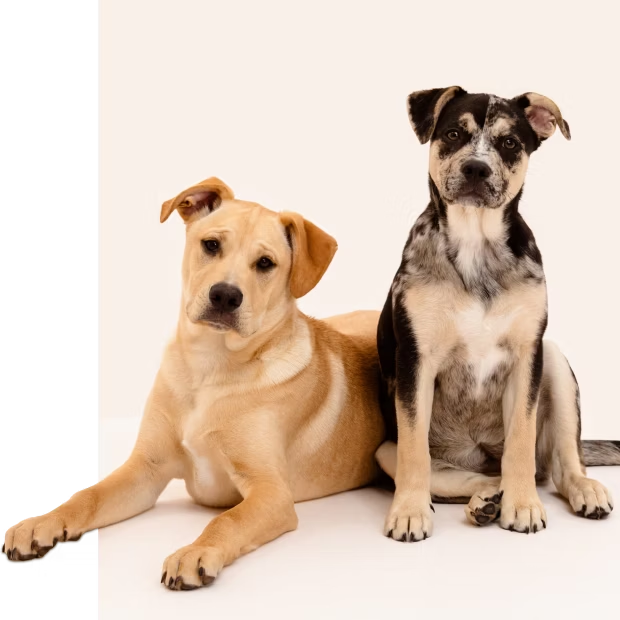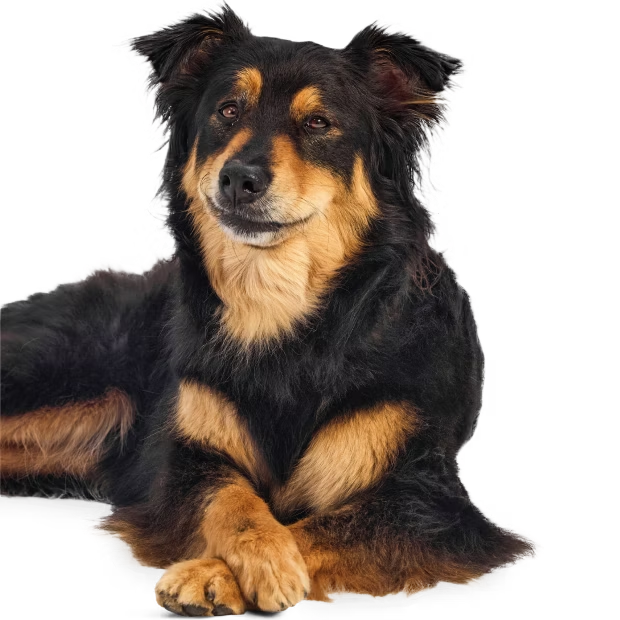Understanding mixed-breed dogs
Mixed-breed dogs (also called mutts) are made up of a mix of purebred dogs—or often many purebred dogs. And while there are several hundred pedigreed breeds, most domestic dogs are, in fact, mutts. Mutts don't follow strict (or any) breed guidelines. They inherit their unique combination of traits from a range of ancestors, so they can look and act quite differently, even when born into the same litter. However, free-roaming mixed- breed dogs that exist in the same geographic location for generations can have similarities in their general appearance.


Breeds often found in mutts
Any breed can find its way into a mutt’s lineage. However, according to Wisdom Panel’s database of 4.5+ million pets, these breeds show up most often in DNA reports: Chihuahua Chow Chow American Staffordshire Terrier German Shepherd Dog
Designer dogs vs mixed breeds
Designer dogs (also known as cross breeds) and mixed breeds both have DNA from more than one breed. So what’s the difference? Designer dogs result from cross breeding two purebred dogs to create a new mix based on desired traits. Sometimes, breeders cross a purebred with another designer dog, and that still qualifies as a type of designer dog. On the other hand, a mixed-breed dog has DNA from three or more breeds. They are often the result of opportunistic breeding, not selective breeding, so they vary widely in appearance and personality.


Making sense of your mutt
It’s hard to identify the breeds that make up your mutt based on visual identification alone. You can try to assess their physical traits, like ear shape, coat-type, and the way they hold their tail, to come up with your best guess. However, the most accurate way to identify the breeds in your mixed-breed dog is through genetic testing. Once you know the breeds in your dog’s mix, you can use our breed library to learn about their history, temperament, and unique nutrition, exercise, and grooming needs.
